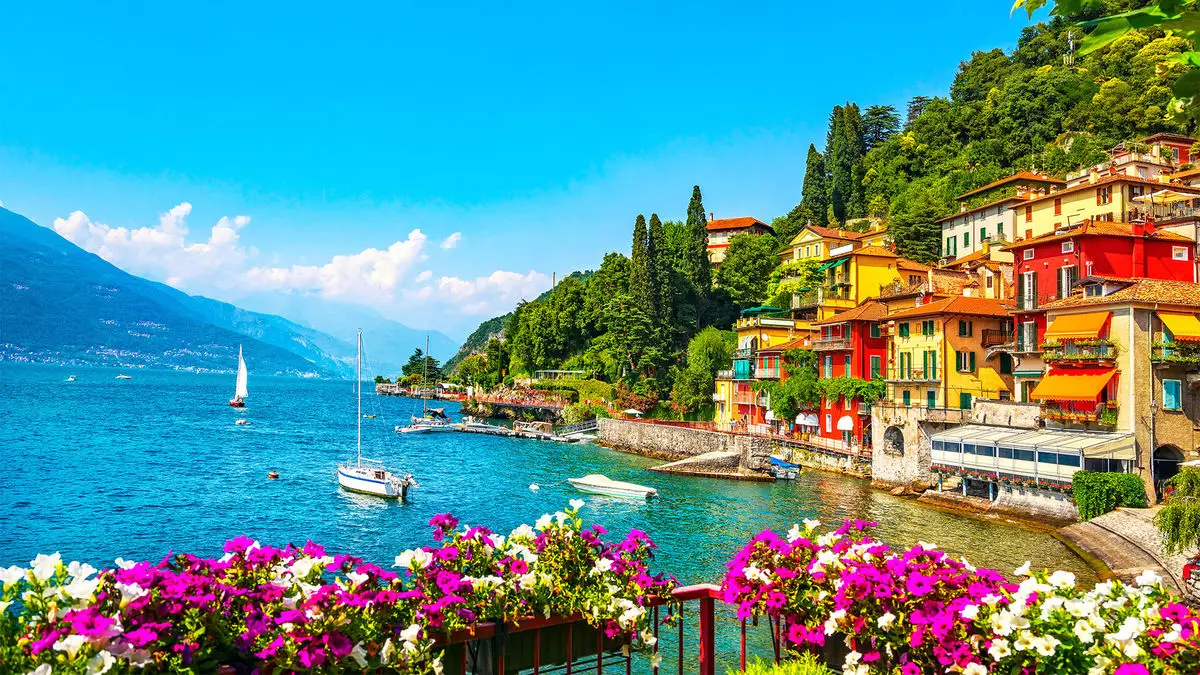The luxury hotel market is experiencing a significant transformation as an increasing number of properties worldwide breach the $1,000-a-night threshold for average daily room rates (ADR). This phenomenon, driven by various factors including economic disparities and shifting consumer behavior, highlights a broader bifurcation within the hospitality industry. As travelers recalibrate their spending habits, it is essential to explore the implications of this trend, particularly in regions such as the U.S., Italy, and France where the growth of high-end hotels is most pronounced.
Recent data releases from CoStar illustrate that the increase in luxury hotel properties commanding rates above $1,000 can be both astoundingly rapid and widespread. In the U.S., the number of hotels maintaining an annual ADR of over $1,000 has surged from merely 22 in 2019 to about 80 by mid-2023. Italy’s upscale hotel segment has mirrored this growth, rising from fewer than 20 properties to nearly 70. Similarly, France has witnessed substantial expansion in its portfolio of $1,000-plus ADR offerings, jumping from just over 20 to close to 50 hotels.
These statistics are particularly striking, considering that these figures might not accurately capture the entire luxury spectrum, as many smaller, ultra-luxurious hotels remain unreported. Journalists and industry analysts alike express surprise at these developments, noting the potential disconnect between consumer expectations and actual pricing trends in the high-end hospitality market.
The concept of bifurcation within the hospitality sector is being increasingly acknowledged, with those in upper-income brackets thriving while budget-conscious travelers face growing challenges. Jan Freitag, CoStar Group’s senior vice president of lodging insights, emphasizes that this split illustrates a growing chasm between different segments of the travel market. As economic pressures impact lower-tier market consumers, hotel revenues are innovatively concentrated on upper-upscale and luxury accommodation, with STR’s data confirming a 2.1% increase in revenue per available room (RevPAR) for these prestigious establishments, contrasting with a decline of 4.2% for economy hotels.
Further analysis reveals an additional layer of this bifurcation: within the luxury sector itself. Luxury accommodations cater to an elite group of travelers who exhibit a willingness to pay top dollar for unique amenities and unparalleled services. There exists a distinct separation between standard luxury and what can be classified as ultra-luxury, a category devoid of cap on pricing demand, driven by clientele who desire personalization and exclusivity.
The rise of $1,000-a-night hotels is also apparent in previously underestimated markets, such as parts of Florida. Hospitality experts like Peter Ricci observe that while premium pricing has long been associated with major cities like New York and Paris, similar trends are proliferating in regions that once offered more accessible luxury stays. This shift signifies a pivotal change in consumer behavior in response to inflated travel budgets.
Interestingly, as luxury prices surge, some travelers are resorting to strategizing their financial allocations for vacations. Beth Washington, a travel adviser, shares that clients who had initially booked high-end accommodations pre-pandemic found themselves grappling with exorbitantly inflated rates upon rebooking. Adjustments, such as opting for fewer nights in premium hotels or choosing alternative four-star accommodations, have become necessary to align with travelers’ financial constraints.
While many consumers face daunting price increases, travel advisors witness a silver lining in their business operations. As hotel rates rise, so too do opportunities for advisors to assist clients navigating this challenging landscape. Washington notes that the increased demand for tailored travel services correlates with the rising rates, resulting in higher earnings for travel advisors. Their expertise has never been more vital as travelers seek guidance to identify flexible booking options that mitigate further cost escalation.
However, the long-term sustainability of elevated hotel rates remains uncertain. As indicated by industry experts like Sarah Fazendin, fluctuations might signal a market leveling off rather than a continual surge. Travelers and advisors alike will need to keep a vigilant eye on these market dynamics, as understanding the evolving luxury landscape is crucial for informed decision-making.
As the luxury hotel market adapts to economic pressures and evolving consumer preferences, a nuanced understanding of the emerging trends is indispensable for both travelers and industry stakeholders. The widening gap between high and low-end accommodations reflects the complex interplay of consumer behavior, economic factors, and the quest for personalized experiences. For the discerning traveler, comprehending this landscape will prove essential in crafting memorable journeys without becoming overwhelmed by financial anxiety.

